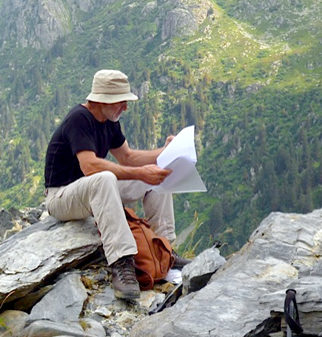
Office hours: Mon - Fri 09:00 - 17:30; Sat 09:30 - 13:00
Office hours: Mon - Fri 09:00 - 17:30; Sat 09:30 - 13:00
Office hours: East Coast USA: Mon - Fri 09:00 - 17:30 (04:00 - 12:30 local time); Sat 09:30 - 13:00 (04:30 - 08:00)
West Coast USA: Mon - Fri 09:00 -17:30 (01:00 - 09:30 local time); Sat 09:30 - 13:00 (01:30 - 05:00)
Office hours: Ottawa: Mon - Fri 09:00 - 17:30 (04:00 - 12:30 local time); Sat 09:30 - 13:00 (04:30 - 08:00)
Vancouver: Mon - Fri 09:00 - 17:30 (01:00 - 09:30 local time); Sat 09:30 - 13:00 (01:30 - 05:00)
Office hours: Canberra: Mon - Fri 09:00 - 17:30 (20:00 - 04:30 local time); Sat 09:30 - 13:00 (20:30 - 24:00)
Office hours: Mon - Fri 09:00 - 17:30 (22:00 - 06:30 local time); Sat 09:30 - 13:00 (22:30 - 02:00)
Office hours: Mon - Fri 09:00 - 17:30 (check internet for local time equivalent); Sat 09:30 - 13:00
Whistling and walking on La Gomera
Launched in 2022, our walking holiday on La Gomera in the Canary Islands is already proving a hit. The combination of dramatic landscapes, rich biodiversity and a walking season running through the winter months is drawing hikers to this magical isle.
“This was one of our favourite holidays ever – the scenery, flowers, bees, birds, food and drink were all a joy. Great network of paths and navigation pretty simple as well.”
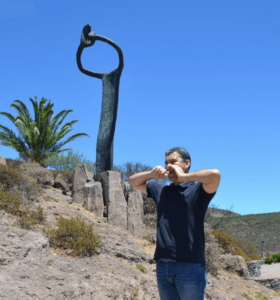
While roaming the steep-sided ravines you might wonder how the Gomeran people communicated in the days before telephones without having to hike up and down the hillsides to deliver a message. The answer lies in Silbo Gomera, a whistled language that dates back at least to the arrival of the Spanish in 1402, and possibly to the island’s earlier inhabitants, the Guanches. The piercing sounds make up an aural alphabet that represents Spanish words, and it will drift for two miles or more across the valleys – a quick and efficient method of passing on important news, warning of danger, or communicating between local farmers.
Silbo was so commonly used until the 1950s that queues of farmers would form at vantage points, waiting to send instructions across the valleys, maybe about the movement of livestock. As much of the agricultural land was abandoned in subsequent years, and the telephone became more available, the language was in danger of dying out.
However, it was declared an Intangible Cultural Heritage of Humanity by UNESCO in 2009, and Silbo is now enjoying a revival. All school age children are required to learn it, and it is practised by much of the island’s population.
You’ll pass the Whistling Tree monument by José Darias at Igualero on your final walk – it depicts the typical stance of the whistler, using one finger between the teeth to produce the sound, and the other hand to project it forwards. Listen out for this distinctive part of La Gomera’s heritage as you hike around the island!
That may sound like a bit of a contradiction, but the monastic communities in this corner of northeast Spain have been closely entwined with the production of fine red wines for centuries. In fact, it was the Carthusian monks of Escaladei who first introduced viticulture here in the 12th century, and the Prior’s feudal control over the neighbouring villages gave the area its name.
The ruins of Escaladei are now an important archaeological site that you can visit towards the end of your self-guided walking holiday. At the beginning is another massive monastery that is still very much alive – the Cistercian abbey at Poblet, burial place of Aragon kings and queens, standing snugly in its protective walls and encircled by vineyards.
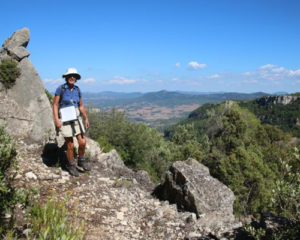
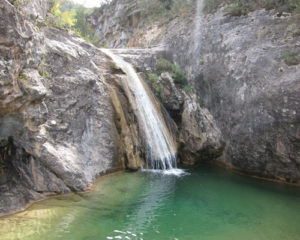
This landscape is full of grand vistas, where eagles circle above the rocky escarpments and streams tumble into inviting pools. And you’re immersed in history too, amongst neolithic cave dwellings with their attendant rock art, and pretty hill villages.
The final two days of walking bring you into the heart of wine country, to the towns of Gratallops and Falset, where there are plenty of opportunities to indulge in some serious wine-tasting. You could even choose to stay an extra day and take a wine tour with our local contact, Joanna, visiting two pre-eminent wineries.
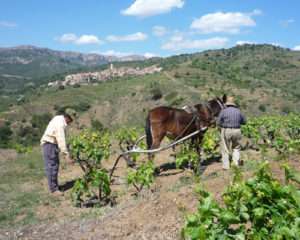
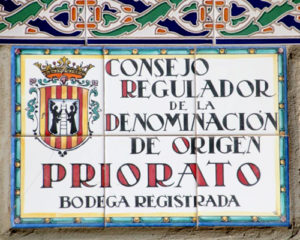
Despite its long ancestry, the Priorat “Denominacio” dates from 1954. After the devastation of European vineyards by the phylloxera insect infestation in the late 19th century, it wasn’t until the 1950s that replanting began in Priorat. Since then the reputation of these wines has risen like a phoenix, one vintage even gaining a rare ‘100 out of 100’ rating by wine critic Robert Parker and the accolade of his ‘wine of the century’. The predominant grape variety is Garnacha (grenache), and while both red and white wines are produced, it is the reds that have been given the highest plaudits.
Find more about our walking holiday in El Priorat here.
It is heart-warming to know that despite the difficulties of the past two years, people are finding ways to safely celebrate festivals in the traditional way.
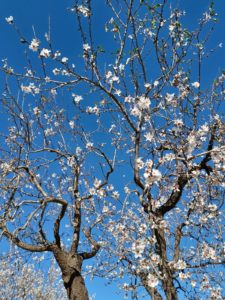 Jesca, our local contact in Mallorca, has been telling us about the recent feast day of Sant Antoni on 17th January. He is the patron saint of animals, and is remembered with a blessing of the animals in Jesca’s home village of Es Capdellà, the starting point of our walking route, where the almond trees are already blossoming.
Jesca, our local contact in Mallorca, has been telling us about the recent feast day of Sant Antoni on 17th January. He is the patron saint of animals, and is remembered with a blessing of the animals in Jesca’s home village of Es Capdellà, the starting point of our walking route, where the almond trees are already blossoming.
Following fast on the heels of Sant Antoni is San Sebastià, whose feast day is a few days later. It’s an occasion for many days of festivities in the city of Palma (above), and Jesca sent us a description of how the day will be celebrated this year in her village:
“The celebration of San Sebastià is a particularly significant event for the villagers of Es Capdellà, and we shall be celebrating it in the traditional way with a solemn mass at the local church followed by bonfires and a ‘torrada’ with friends, which involves the grilling of plenty of red meat over the flame consumed with lots of red wine!
“In traditional years we do this as a community at the Plaza Sa Vinya on almond wood lit in steel drums with a grill on the top provided by the local Town Hall (sadly not possible as a community this year because of covid restrictions, but we shall do so privately in our gardens with family and friends). The array of meat on the grills is spectacular and there is much joviality as old and young villagers enjoy the fun of grilling the meat and sharing each others wonderful assortment of steak, pork loin, pancetta and the delicious local pork sausages: sobrassada, botifarra, chorizo, longaniza, chistorra. It is a truly ‘meat feast’ event – not for vegetarians!
“It is worth remembering the origin of this annual event, which has special significance for Es Capdellà going back a little over 100 years. Coinciding with the eve of Sant Sebastià, on the evening of 19th January 1918, and with the Spanish flu epidemic at the gates of the town, the local doctor who then lived in Es Capdellà ordered the neighbours to light bonfires with green firewood (alimaras), since the smoke from the combustion would help stop the deadly virus. Be that as it may, the truth is that it worked, and while in Calvià town nearby the flu had wreaked havoc, in Es Capdellà no one died. Since then, every 19th of January in the afternoon an ‘alimara’ is lit – a tradition that lasted during the monarchy of Alfonso XIII, the Second Republic, the Civil War, the Franco dictatorship and the return of Democracy. This year, as last year, I am sure there will be a special prayer sent up by us all to keep the villagers in good health whilst we endure another year of Covid-19.”

